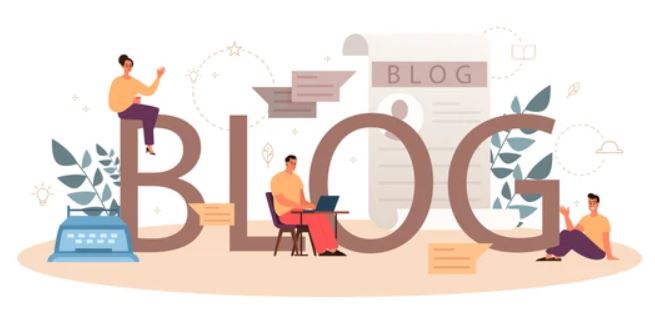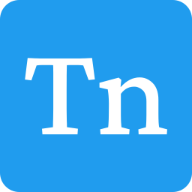Android TV 13, like many previous updates to the big-screen platform, is relatively minor in terms of end-user impact. In announcing the update, Google highlighted several key features. One of the main new features affecting users is the ability to change the default resolution and refresh rate of HDMI sources. In some cases, this could make playback more reliable.
It also allows HDMI state changes to communicate with Android TV 13's Media Session lifecycle, which may allow some HDMI devices to conserve power or pause content during HDMI state changes. Audio Manager API allows developers to predict the best audio format for content before playback starts.
Other improvements to the Input Device API include a new keyboard layout and the ability for game developers to reference keys on the physical keyboard based on their actual position. There are also new system-wide options for voice descriptions and an API that allows apps to recognize and use this setting and create voice descriptions in line with user preferences. As with most major Android TV updates, it will be some time before Android TV 13 is rolled out to consumer devices. For example, the Chromecast with Google TV 4K received Android 12 just two months ago.
For the time being, Android TV 13 is only available on the developer-only ADT-3 and the Android TV emulator in Android Studio; both the Android TV version and the Google TV version are available; and the Google TV version is only available on the Android TV emulator.
















0 Comments